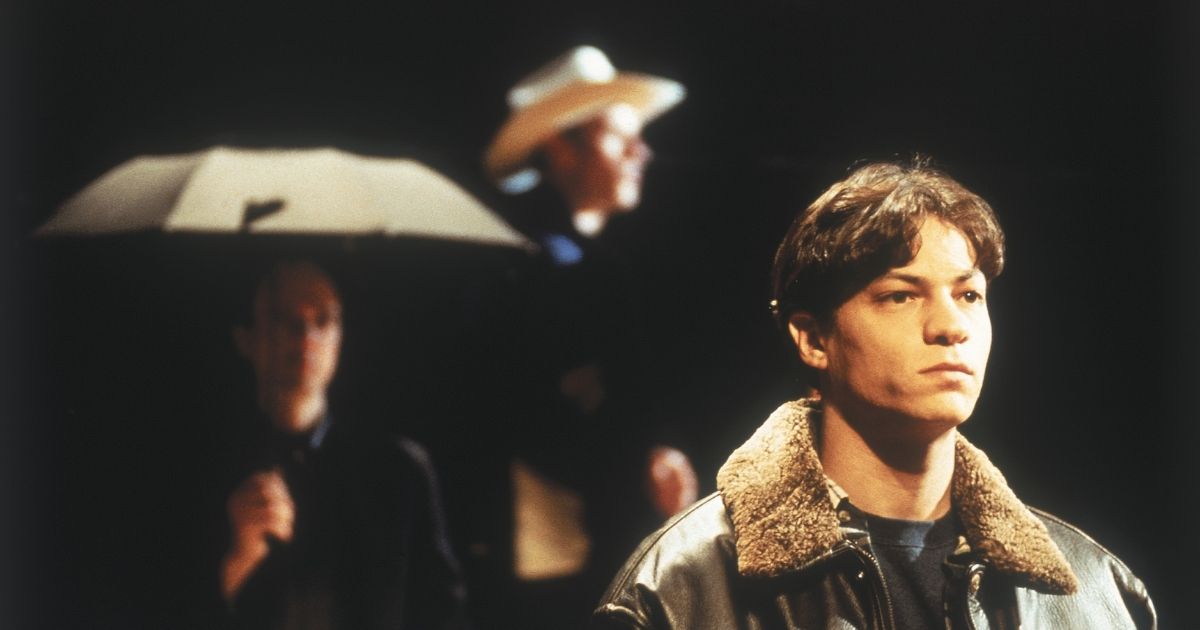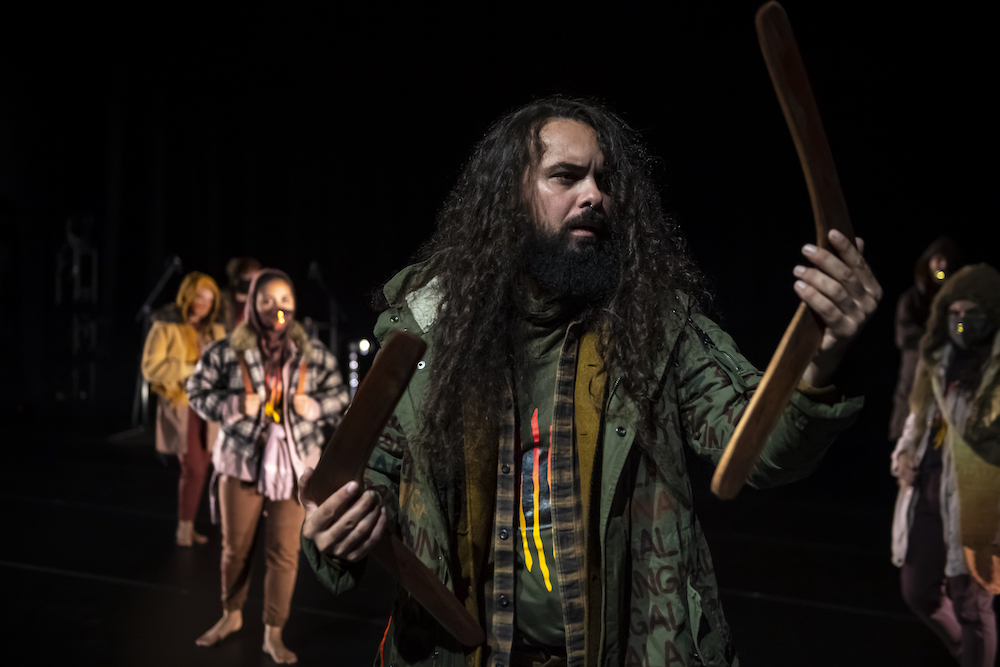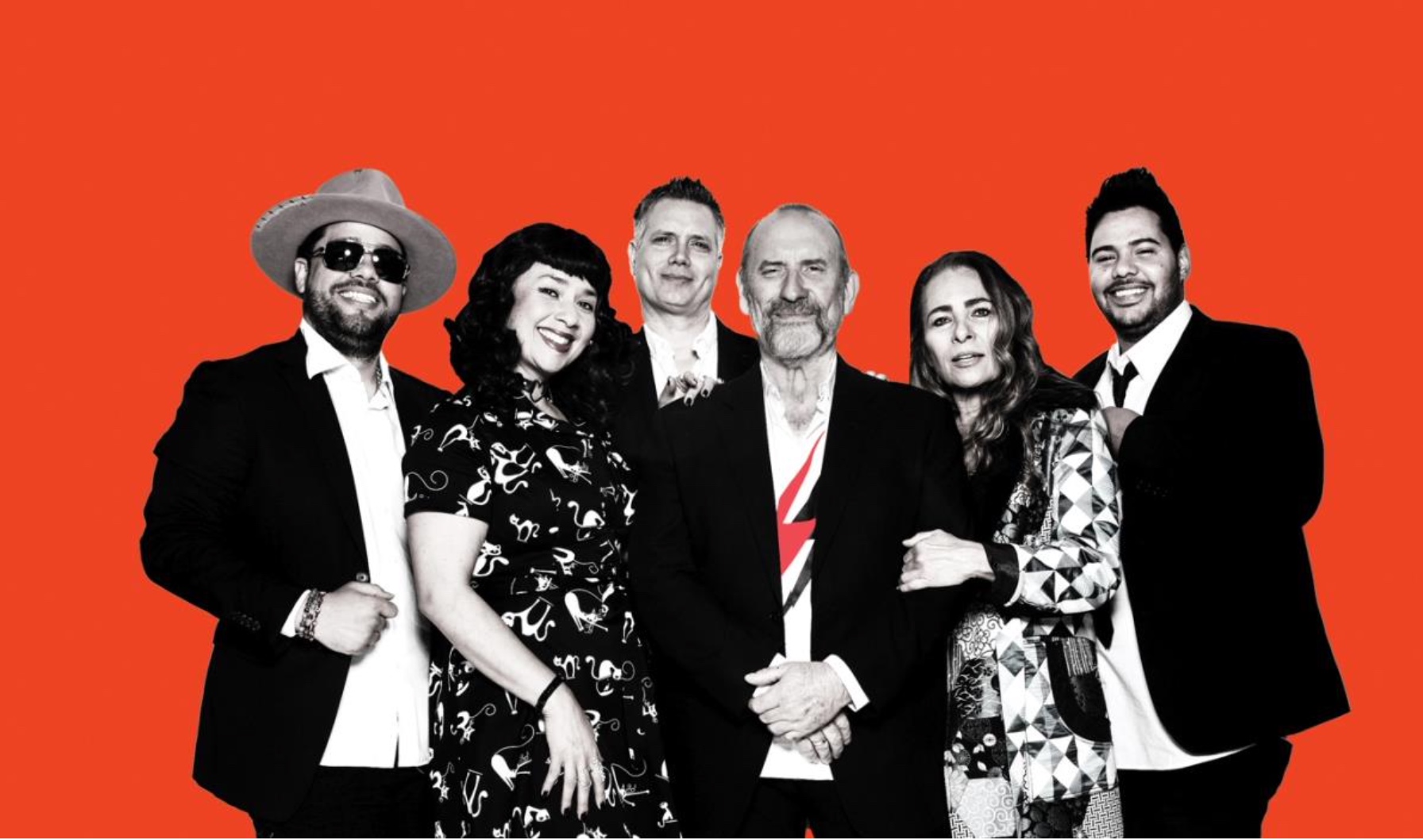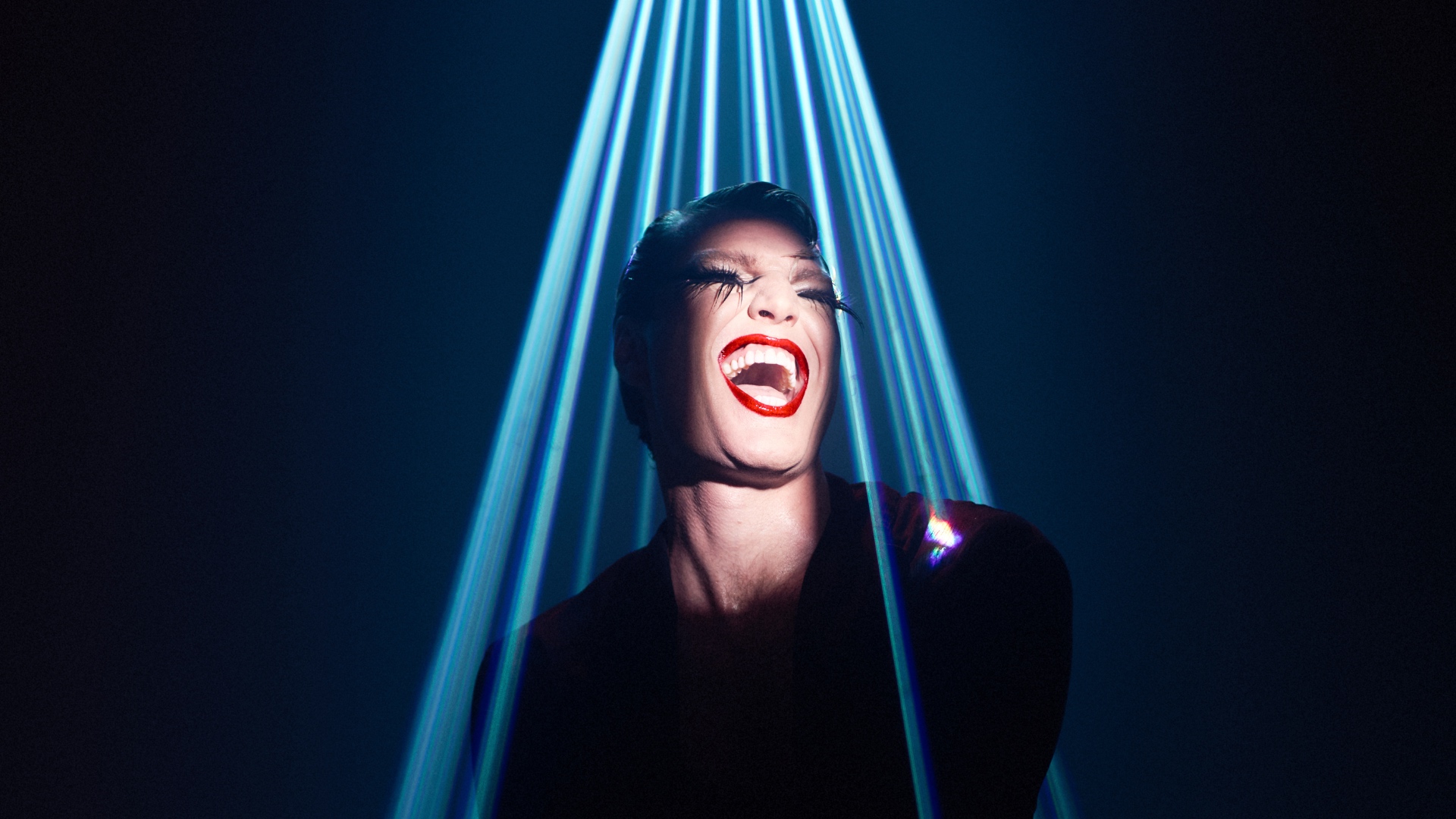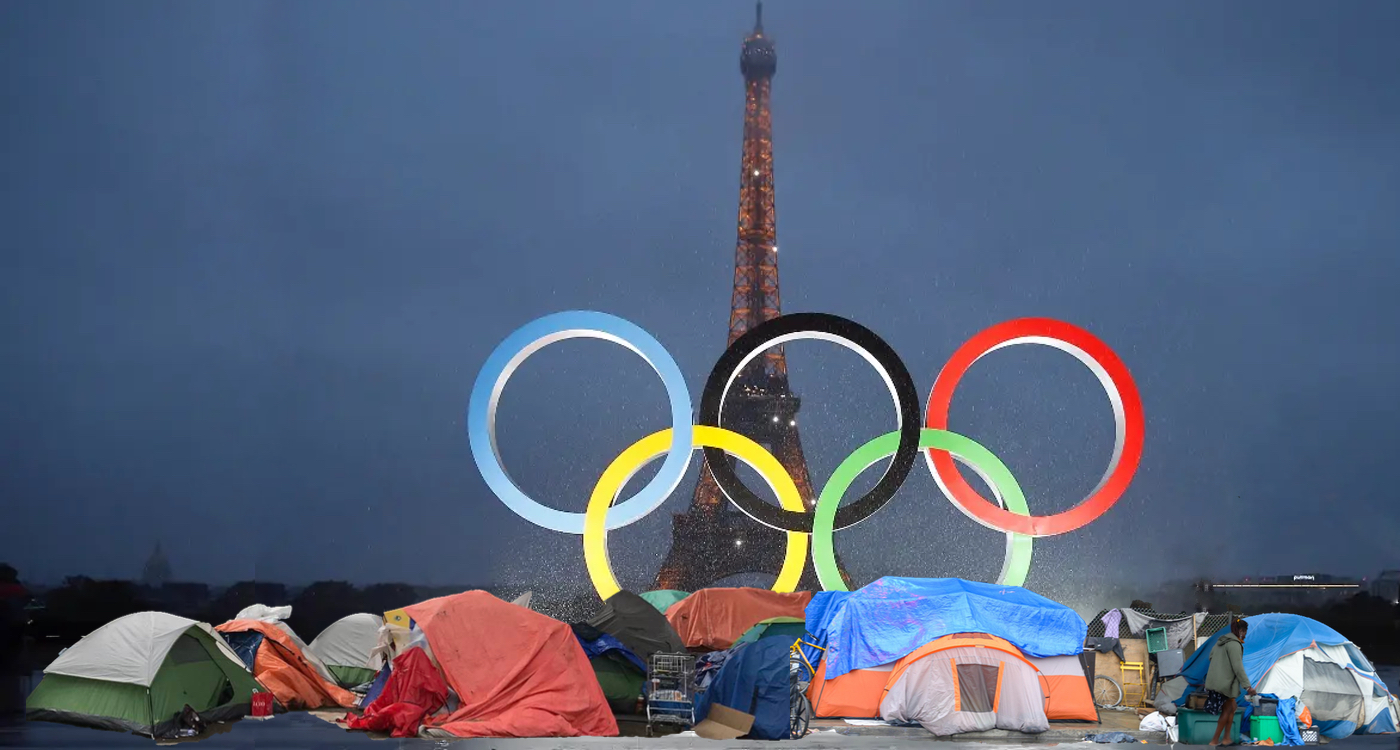
DARREN SYLVESTER: OUR FUTURE WAS OURS
BY AMELIA GROOM
‘The Carpenters are the main sort of parable that I aim towards,’ says Melbourne photographer Darren Sylvester. ‘Richard Carpenter liked very polished work – even today he continues to remaster the same songs over and over, refining them for compilations. He’s very into the universality of pop songs, and wants them to be as perfect and as clean as possible. I really relate to that notion of refinement.’
In Sylvester’s orchestrated scenarios of people engaged in daily life, no attempt is made to make things natural or candid. Channelling the immaculate and formulaic aesthetic of advertising and video clips, his images are patently constructed, and they have an uncomfortable, stifled claustrophobia about them, through which he speaks with subtlety and sincerity of the human condition in the 21st century.
‘I like to relate my images to the pop song, which is also complete artifice,’ he says. ‘A pop song is a constructed thing with a three minute structure and words and melodies that give it meaning. So I just try and do the same thing.’
Anyone Who Thinks My Work Is A Critique Of Consumerism Is Out Of Step With The Real World is the title of a free talk Sylvester is giving at the ACP to coincide with his current exhibition there, Our Future Was Ours.
‘A student once said to me ‘it’s really good that you’re fighting the system from the inside,’ but I thought – he’s never been more wrong, I’m not fighting anything,’ recalls Sylvester, who cites one of the older works in the exhibition, If All We Have Is Each Other That’s OK, as an example of how people misunderstand what’s going on in his work.
‘The point is in the title ‘ it’s OK if all they have is each other. I’m being quite literal. The KFC isn’t saying anything; it’s just what teenagers eat. Art people try to say I’m giving some hidden meaning or critique, but my images are self-explanatory,’ the anti-elitist explains. ‘The art world might think people don’t eat KCF, but I don’t think that’s true. People eat stuff from KFC and they eat stuff from Subway. There’s no critique, I’m just mirroring how I think people live, and what I think they have around them.’
While he says he’s interested in big, universal issues like friendship, love, mortality, the passing of time and the fleeting nature of happiness, he doesn’t think there is anything to analyse. ‘My images are very straightforward. Art critics don’t have much to say – they’re looking for deep underlying meaning but I don’t think that is, or has to be, in the work.’
With titles like If It Hasn’t Happened For You, Maybe It Never Will or Learn To Adjust, Learn To Get Over It, many assume the artist is drawing on angst or pessimism, but he insists he’s just being realistic ‘ helpful, even.
‘The titles are little morality tales, bits of advise. I thought Don’t Call It Love If They Don’t Love You was a good title ‘ and that was all I was saying ‘ only call it love if they love you back. The image is of a girl who wants to give someone some Dunkin Doughnuts, and you can tell it’s going to go badly. There’s nothing hidden there. I’m trying to refine down to very small key points.’
Let Hopes And Dreams Be Things We Can Achieve is the title of one of the most recent works in the exhibition, depicting two people in front of a Canadian mountain scape. ‘For that image I had gone to Canada specifically to find the prefect Paramount Pictures logo because I thought it was there, but I didn’t realise that mountain actually doesn’t exist’ I found some that were similar though. I wanted people to be looking at a mountain like that and thinking about not dreaming too high, about settling for less.’
The Our Future Was Ours image, after which the exhibition is named, depicts a group of students gathered in a university library with books and Starbucks or McDonalds drinks around them. It captures perfectly Sylvester’s fascination with perished possibility: ‘you might be young and naive enough to think that the future is all yours, but often that gets lost,’ he says. ‘Students leave university and find they have to get a job in retail. The Australian band Tism had a song called something like If You Haven’t Made It By Thirteen You’re Fucked – I think that’s kind of true.’
In our culture of hyper-aspirationism, it’s certainly a refreshing outlook. ‘Who ever achieves what they really want” Sylvester says, ‘I don’t think many do. The people who are famous for nothing make it look like there are possibilities for that sort of success, but there’s too many of us. I’m not pessimistic ‘ it will work out for everybody. I’m being realistic, I’m letting people know it’s ok.’
Spanning the last decade, Our Future Was Ours is the first survey of Sylvester’s work. Most of the images on show were born from short stories written by him, and as a result they have an implied narrative ‘ a sense that we’re getting a small fragment of a bigger story.
He finds a key line in his written pieces to use as his title, and then sets about constructing an image to go with it. Starting with a drawing of how he envisions the scene and characters, he then collects all the things he needs to recreate it, builds the set if need be, and often gives the drawing to talent agencies that help him find the right people.
With all the methodical planning involved, Sylvester ends up taking an average of four photos a year. ‘There are too many photographers taking too many pictures,’ he says. ‘And there’s too much series work, I’m not a fan of that – It’s lazy and I don’t see the point in lots of pictures that look the same. I prefer things to be focused and singular.’
‘I often spend a week setting up the shot before I take the picture, and once it’s ready I don’t move the camera or change anything,’ he says. ‘I also do video work [some of which is on show in Our Future Was Ours], and I do paintings, sculpture, wood carvings, plastics, bronzes’ I’m also recording an album on vinyl for a show in Brisbane later in the year. But I like photography because it’s concise, and I like the level of control. I enjoy the limitations of it too. I put restrictions on myself – I have my title and my ratios and all my structural limits before I start.’
The obsessive control of detail results in an overt artifice, which goes against the notion that photography captures reality, and reminds us that all photographers ‘ through their choice of angle, composition, focus etc., and their subject’s awareness that they’re being photographed ‘ are constructing a version of things.
Sylvester’s rigid, polished characters can thus be situated in the ongoing exploration of the relationship between photography and truth. Rather than seeing it as a medium to document the existing external world, he uses photography to fashion an existence that is choreographed and self-contained, where the glossy depthlessness and artificiality aren’t detracting; they are the very subject matter.
Our Future Was Ours
Until August 30
Australian Centre for Photography
257 Oxford Street, Paddington
FREE
9332 1455, www.acp.org.au




